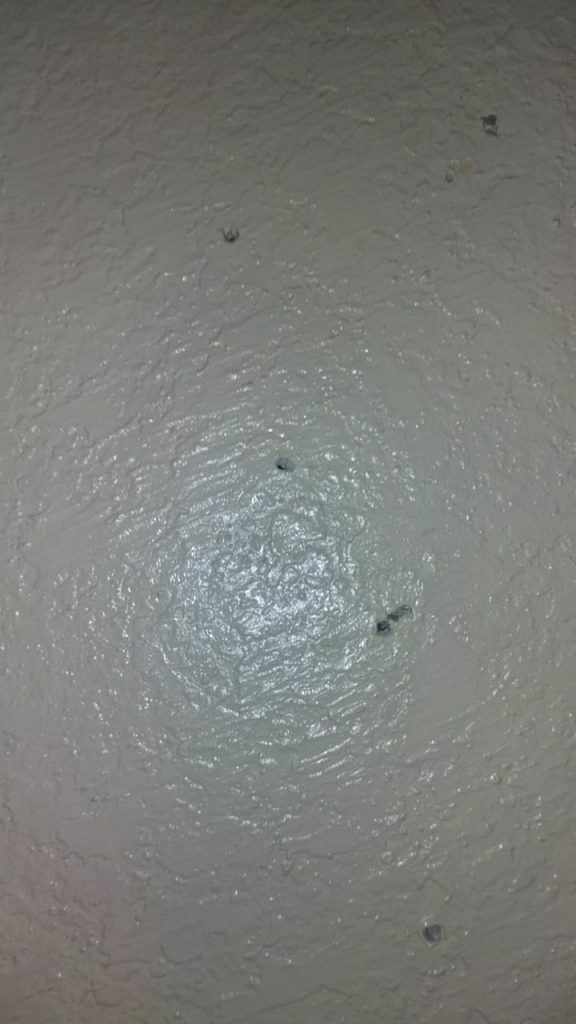Termites can be destructive to our homes, causing damage to drywall in the form of holes and tunnels. Identifying and repairing these holes can save you time and money. This article will provide step-by-step instructions on how to identify and repair termite holes in drywall.
What Causes Termites Holes in Drywall?
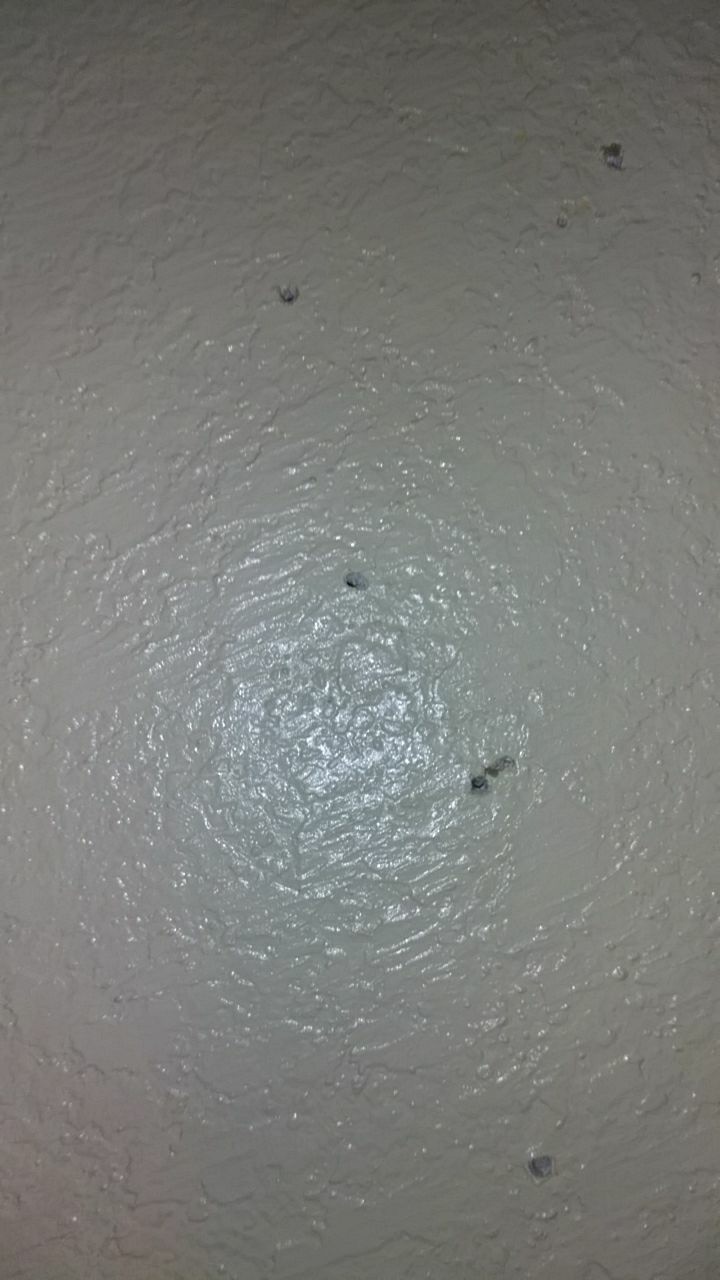
Drywall is a common building material used in the construction of walls and ceilings. It is susceptible to damage caused by termite infestations. Termites feed on cellulose, which is present in wood, paper, and drywall. They bore into drywall and create holes, often clustered together, to create the tell-tale signs of a termite infestation.
Types of Damage
| Type of Damage | Description |
|---|---|
| Holes | The most common sign of a termite infestation is small, round holes in the drywall. These holes are caused by termites boring into the drywall to feed. |
| Tunnels | Termites may tunnel through the drywall in search of food. The tunnels are usually curved and will have a rough, sandy texture. |
| Mud Tubes | Subterranean termites often create mud tubes to transport food and moisture back to their colonies. These tubes are thin and are found on the surface of the drywall. |
Termites can cause significant damage to drywall. The holes and tunnels can weaken the structure of the wall and can lead to further damage if left unchecked. If you suspect a termite infestation, it is important to contact a professional pest control company to inspect your property and take the necessary steps to eradicate the problem.
Biological Characteristics of Termites
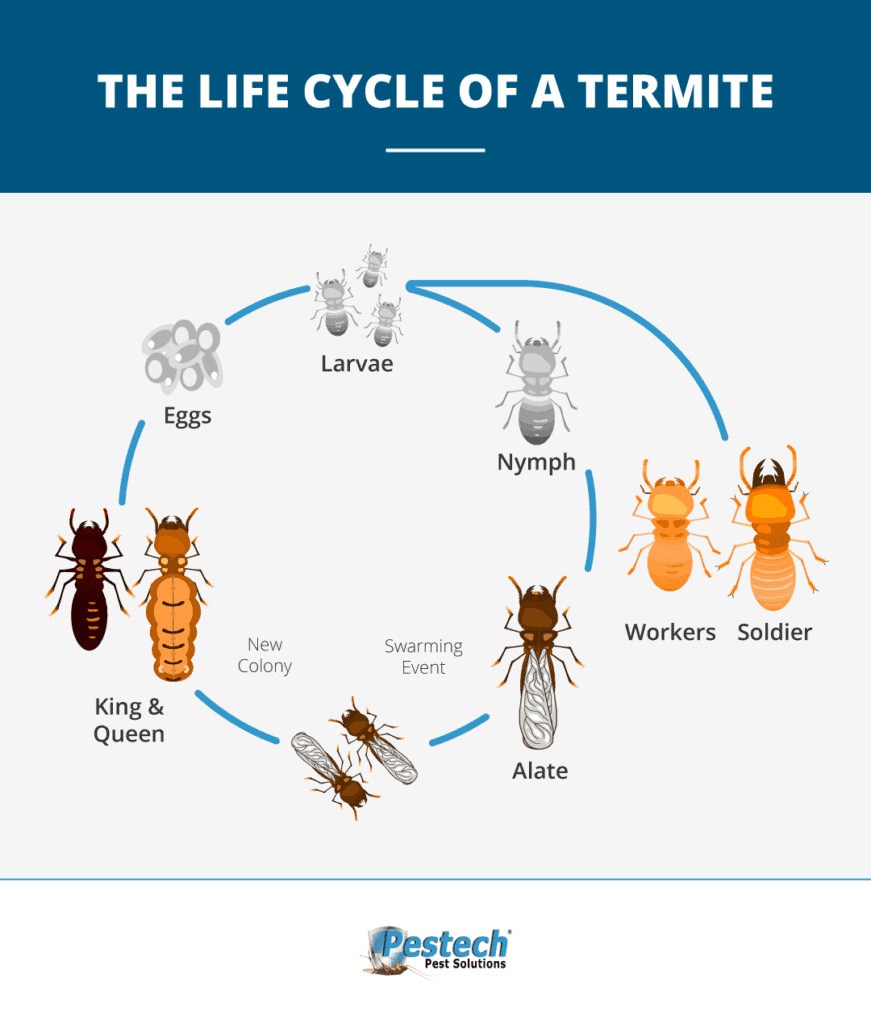
| Property | Description |
|---|---|
| Size | Termites range from 0.12 – 0.18 inches in length. |
| Mandibles | Termites have mandibles which they use to chew through wood and other materials. |
| Colony Size | Colonies of termites can range from several thousand to several million. |
| Diet | Termites feed mainly on wood and other cellulose materials. |
| Reproduction | Termites reproduce by swarming and mating, and can lay up to 5,000 eggs per day. |
Signs of Termites in Drywall
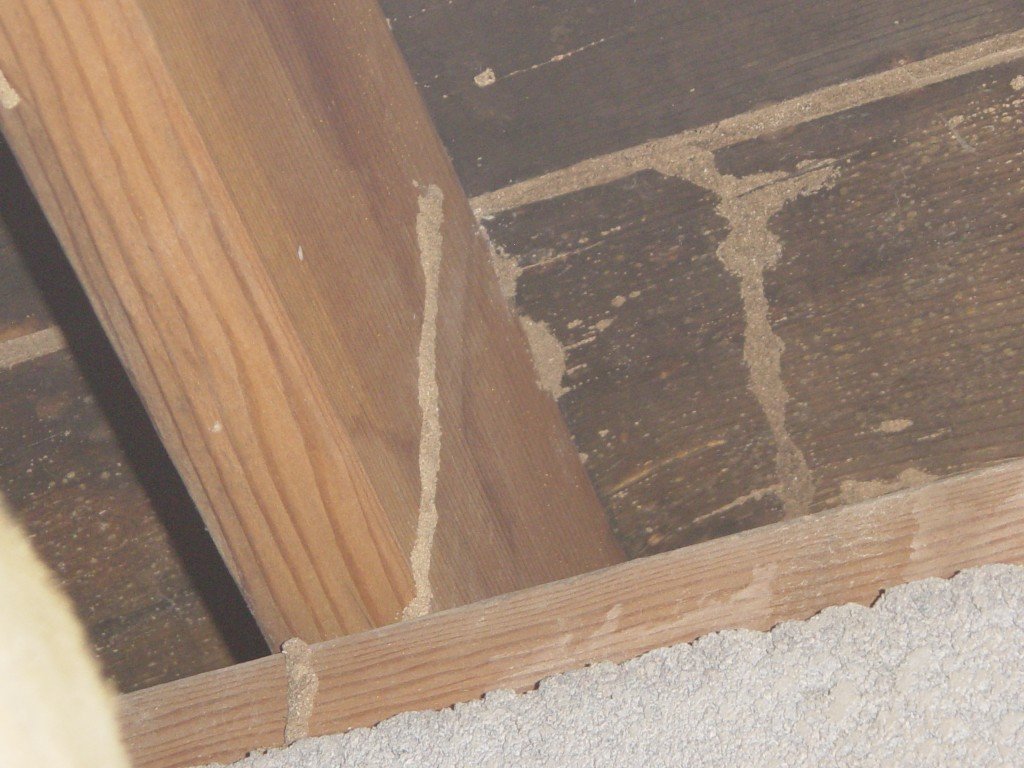
Termites are destructive pests that are capable of causing significant damage to homes and other structures. They feed on wood and other materials that contain cellulose, including drywall. Infestations often go unnoticed until serious damage has been done. Therefore, it is important to be aware of the signs of termites in drywall.
One of the earliest and most obvious signs of a termite infestation is the presence of mud tubes along the foundation and walls. These tubes provide a path for the termites to travel between the soil and the wood they are infesting.
Another common sign is the presence of small holes in the drywall. These holes, which are caused by the termites eating through the drywall, are usually accompanied by a hollow sound when tapped with a screwdriver.
Termite droppings are also a sign of an infestation. These droppings, which look like sawdust or wood shavings, are often found near the wood that is being infested.
Finally, it is important to pay attention to any changes in the drywall’s appearance. If the drywall looks sagging or is beginning to buckle, it could be a sign of termites.
If any of these signs are present, it is important to contact a pest control specialist as soon as possible. They will be able to assess the extent of the termite infestation and recommend the best course of action.
Treatment Options for Termites in Drywall
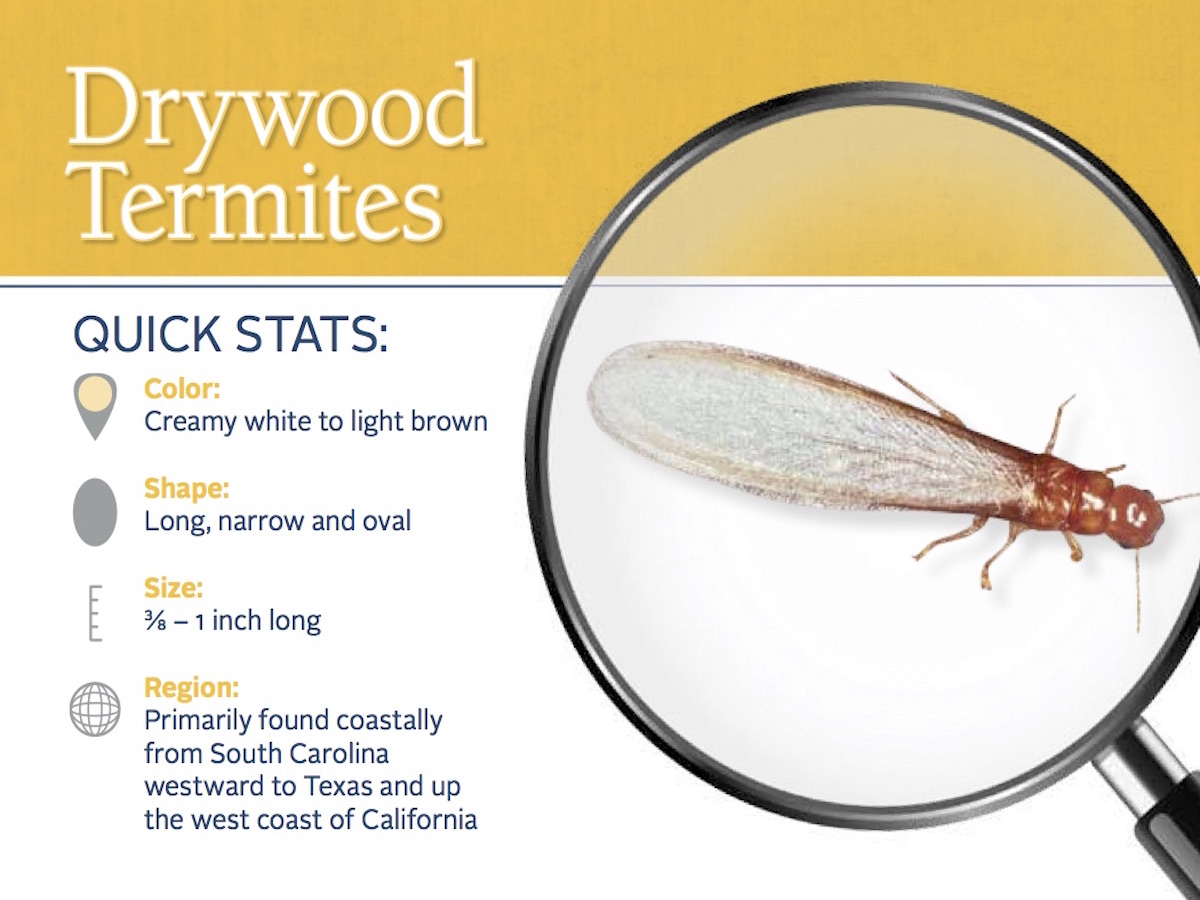
The most effective way to treat termites in drywall is to use a combination of both chemical and physical treatments. Chemical treatments usually involve using baits or aerosols that are specifically designed to kill termites, while physical treatments involve physically removing the termites and the wood they are infesting.
Baits and aerosols are often used in tandem, as baits will attract the termites to a certain spot and then the aerosol will be used to kill them. The baits used can range from wood-based baits, to gel formulations, to liquid formulations. Depending on the severity of the infestation, different baits may be used in different areas.
In addition to chemical treatments, physical treatments are also essential for dealing with termites in drywall. These treatments involve physically removing the termites and the wood they are infesting. This can be done with a variety of tools and techniques, such as a vacuum or with a specialized tool for removing termites.
It is important to note that these treatments are best used as preventative measures to help reduce the chances of a future infestation. Once termites have already started to damage the drywall, it is best to call in a professional pest control company to assess the situation and provide a more comprehensive treatment.
No matter what type of treatment is used, it is important to make sure that the area is kept clean and dry. This will help to make sure that the treatment is effective and will help to prevent future infestations. Additionally, it is important to inspect the area regularly to make sure that no new infestations are occurring.
Prevention of Termites in Drywall
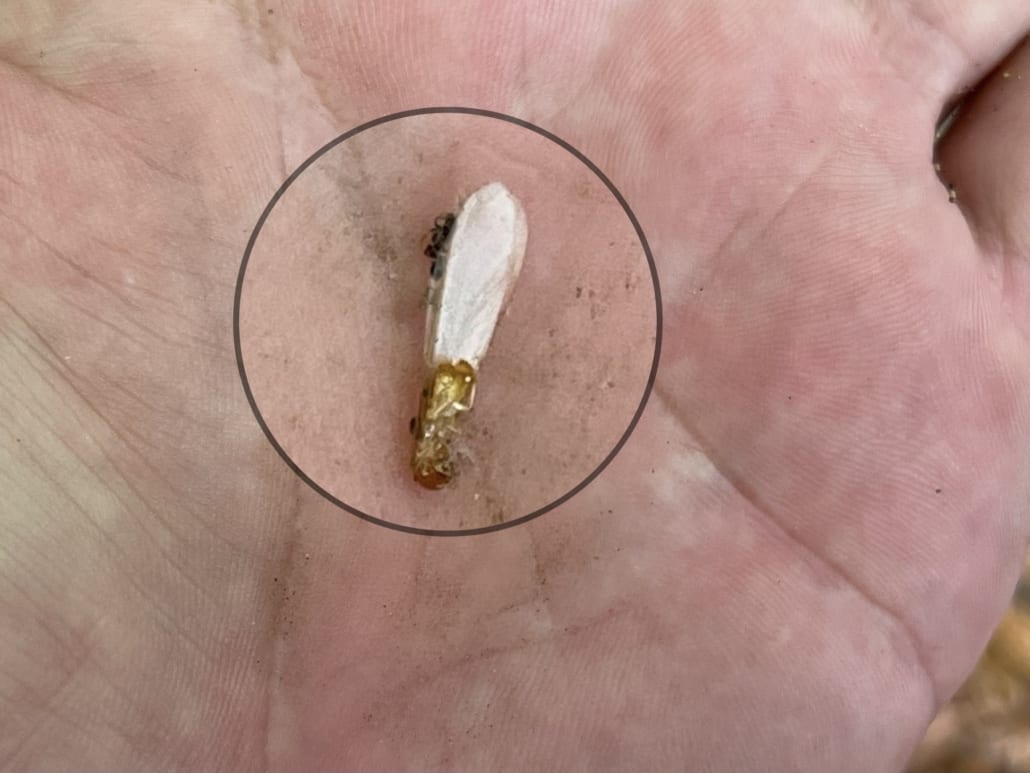
| Steps | Description |
|---|---|
| 1. | Locate the source of moisture which is attracting the termites and repair it. |
| 2. | Remove all sources of food, water, and shelter for the termites. This includes eliminating wood piles, wet or damp soil, and other organic material near the drywall. |
| 3. | Inspect the drywall for any signs of termite damage. If there are signs of termite damage, repair or replace the affected drywall. |
| 4. | Treat the drywall with pesticide to kill any remaining termites and prevent future infestations. |
Prevention is the best way to protect against termites in drywall. These steps should be taken to prevent termites from entering and damaging drywall: Locate the source of moisture that is attracting the termites and repair it; remove all sources of food, water, and shelter for the termites; inspect the drywall for any signs of termite damage; and treat the drywall with pesticide to kill any remaining termites and prevent future infestations.
The Cost of Getting Rid of Termites in Drywall
- Inspection: To find out if you have termites in your drywall, you need to have a professional pest control inspection. This cost can range from $50 to $300, depending on the size of the property.
- Treatment: If there are termites present, the pest control company will need to treat the area. This cost can range from $500 to $3000, depending on the extent of the infestation.
- Repair: After treatment, you may need to repair any damage caused by the termites. This cost can range from $250 to $1500, depending on the extent of the damage.
- Prevention: To prevent future infestations, you may need to have the area treated with a pesticide or insecticide. This cost can range from $50 to $200, depending on the size of the area.
Alternatives to Treat Termites in Drywall
A popular method to treat termites in drywall is to replace the infested drywall with new drywall. This is a costly and time-consuming process, however, and does nothing to prevent the termites from returning. Alternatives to this method include chemical treatments, such as borate treatments, or physical barriers, such as plastic sheeting, to keep the termites from entering your home.
Borate treatments involve spraying an insecticide containing boron, either directly onto the termites or into the soil around your home. Borates are effective in killing termites, but may need to be reapplied every few years to maintain the level of protection.
Physical barriers such as plastic sheeting can be placed between the soil and the drywall to keep termites out. These barriers should be inspected frequently and treated with a termite-killing insecticide to ensure they remain effective.
Insecticidal dusts, such as diatomaceous earth, can also be used to control termites in drywall. This dust is applied directly to the drywall where the termites are active and can be effective in killing termites. It should be reapplied every few months for optimal protection.
Finally, professional pest control services can be hired to inspect and treat termites in drywall. These services use a variety of techniques, such as baiting and spraying, to eliminate termites and prevent them from returning.
Frequently Asked Questions
How Can I Tell if There Are Termites in My Drywall?
To identify termites in drywall, look for mud tubes, a common sign of infestation, on the wall surface. Additionally, inspect for small pinholes in the drywall, which may be evidence of termites creating tunnels or galleries in the wood. If the pinholes are filled with a mud-like substance, this is likely a sign of termite activity. Finally, if you hear a clicking noise coming from the wall, it could be a sign of termites.
What damage can termites cause to sheetrock?
Termites can cause extensive damage to sheetrock, or drywall, as they feed on the cellulose found in the paper covering the gypsum material. They can cause holes in the sheetrock, or even cause the sheetrock to crumble or sag due to weakened structural integrity. Termites can also cause wood damage behind the sheetrock, which can weaken the entire wall structure.
Are there any warning signs of termites in my ceiling drywall?
Look for evidence of mud tubes, which are small mud-like tubes that termites use to travel between the ground and the food source. Also look for frass, which are small piles of wood-colored droppings that termites leave behind. Additionally, keep an eye out for damaged wood, which may indicate that termites have already begun to feed on the wood. If you notice any of these signs, it’s important to get a professional inspection immediately.
Are there any preventive measures I can take to avoid termites in my drywall?
Regularly inspect the drywall for signs of termite activity such as mud tubes, droppings, or crumbling drywall. If any of these signs are present, take immediate action to get rid of them. Additionally, use borate-based wood preservatives to help protect against subterranean termites. Seal all cracks and crevices in the drywall and use caulk or foam to properly fill any voids or gaps. Finally, ensure that the drywall is well-ventilated and not exposed to any moisture.
How do I repair termite holes in drywall?
To repair a termite hole in a drywall, first use a putty knife to scrape away any loose debris from the area. Then use a small brush to clean the area. Apply a coat of spackle or joint compound to the area, and use a putty knife to spread the compound over the hole. Allow the compound to dry, and sand the area till it is smooth. Finally, apply a coat of drywall mud and sand it again. Once the drywall is smooth, paint it with a primer, and finish with a coat of paint.
Conclusion
The best way to identify and repair termite holes in drywall is to inspect the wall for any signs of infestation, such as sagging or bubbling drywall, and to use a putty knife to scrape away the damaged area and fill it in with joint compound. If the hole is too large, it may be necessary to replace the entire wall section. Additionally, it is important to use a professional exterminator to treat the area to prevent further termite damage.

